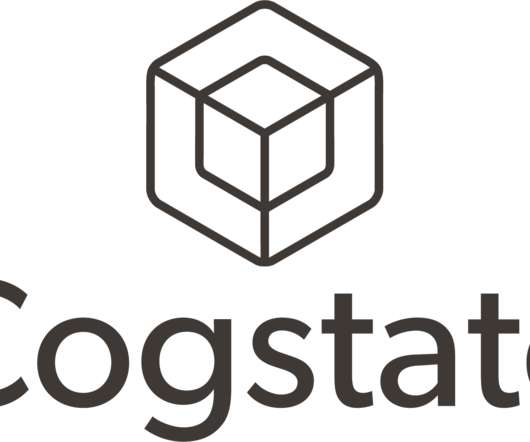Advances in Genetic Medicine May Be Outpacing Some Clinicians’ Understanding, But Pharmaceutical Marketers Can Do Much to Address the Problem
Pharma Marketing Network
DECEMBER 21, 2020
Almost two decades after the human genome was sequenced, a trickle of new genetic medicines (i.e., those that modify the expression of an individual’s genes or repair abnormal genes) has entered clinical practice, including 11 RNA therapeutics, 2 in vivo gene therapies, and 2 gene-modified cell therapies.












Let's personalize your content